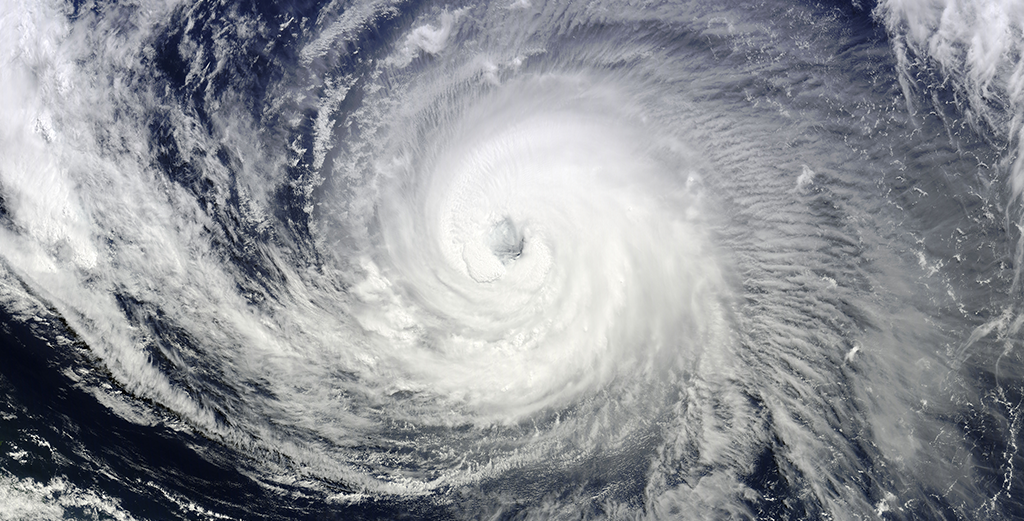2024 Atlantic Hurricane Season forecasted to rank among most active in history
According to a recently released forecast, the 2024 Atlantic hurricane season is anticipated to be one of the most active on record. Colorado State University’s (CSU) tropical meteorology project team has projected 23 storms, with 11 expected to intensify into hurricanes and five potentially reaching Category 3 status or higher. This forecast surpasses the long-term averages for hurricanes and typhoons and the numbers observed in the preceding year.
This outlook, the team’s first for 2024, presents the highest number of storms and hurricanes forecasted in any April outlook since 1996. Earlier April forecasts by the team had typically been more conservative, such as predicting 19 storms in April 2022 and nine hurricanes in multiple April outlooks dating back to 1999.
These forecasts are primarily influenced by two key factors:
- Unprecedented warmth in the Atlantic: March marked the 12th consecutive month of record-high temperatures in the North Atlantic Ocean. This prolonged warmth contributes to favourable conditions for hurricane formation. Particularly noteworthy is the strip of ocean from the Lesser Antilles to West Africa, where warmer temperatures in early April rival those typically seen in early July. These elevated temperatures correlate with heightened hurricane activity.
- Transition from El Niño to La Niña: The current El Niño, described as “skin deep” by experts, is expected to weaken and transition into La Niña by the peak of the hurricane season. La Niña conditions typically lead to reduced wind shear and more conducive environments for developing tropical storms and hurricanes. This transition suggests a shift from conditions that typically suppress hurricane activity (El Niño) to conditions that could potentially enhance it (La Niña).
Anticipated impacts primarily centre around the Gulf of Mexico and the western Caribbean Sea. Despite the presence of El Niño in 2023, the Atlantic Ocean’s record warmth still contributed to significant storm activity. However, most storms avoided the mainland U.S., with the notable exception of Hurricane Idalia.
“We expect a greater than usual likelihood of major hurricanes hitting the continental United States and the Caribbean,” the CSU team reported.
In addition to anticipated hurricanes, heavy rainfall and flooding could pose significant challenges.
The World Meteorological Organization keeps lists of names for storms worldwide. Each year, there’s a list of 21 names for the Atlantic Basin, which repeats every six years unless a name is retired because the storm was particularly deadly or destructive.
Only two other hurricane seasons have gone beyond the 21 names on the list. Greek alphabet letters for additional storms were also used in 2005 (28 storms) and 2020 (30). However, the use of Greek letters in 2021 was stopped as they were confused, especially if similar-sounding letters were active simultaneously.
Moreover, the 2024 Atlantic hurricane season is expected to be notably active due to record-high Atlantic temperatures and the anticipated transition to La Niña conditions. While forecasts provide valuable insights, it’s crucial to remain vigilant and prepared for potential impacts, as the severity of any given season can vary.



